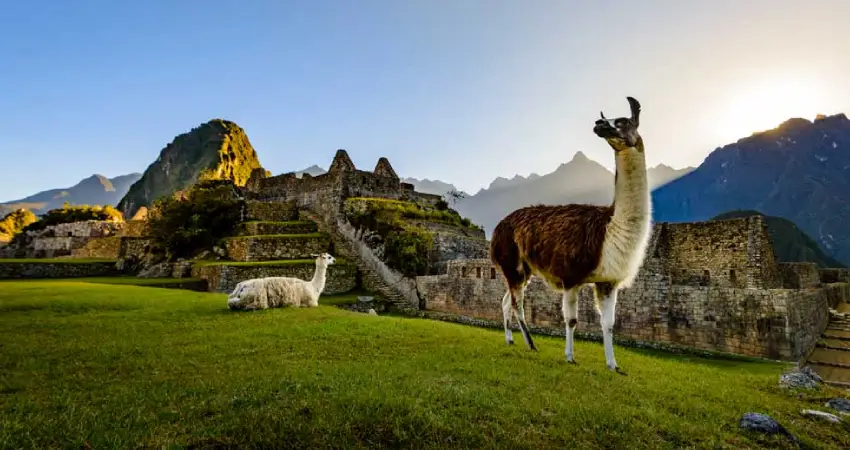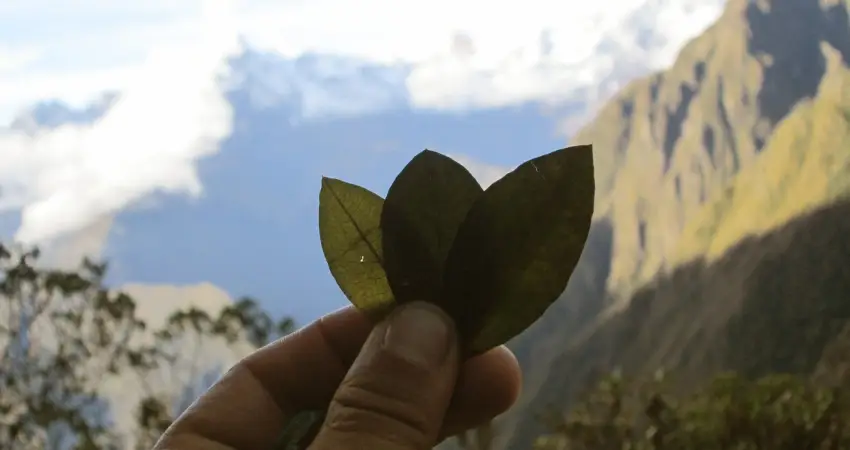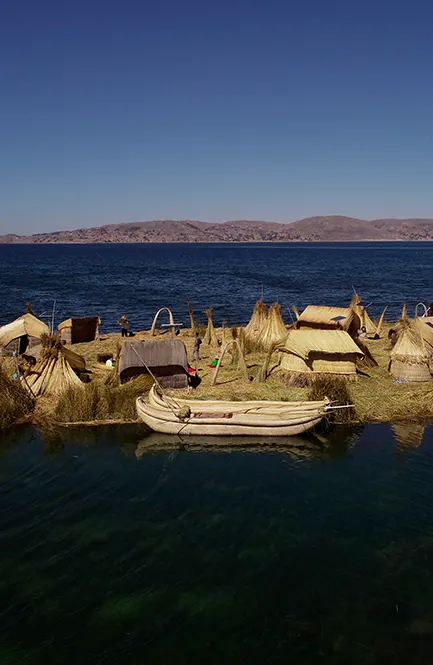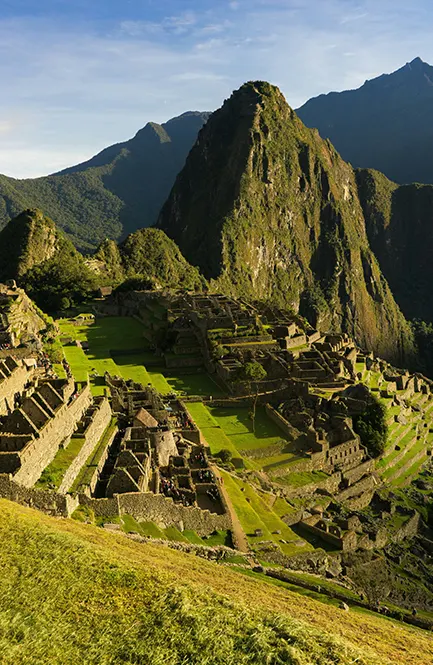
1.- UNDERSTANDING CUSCO’S ALTITUDE
One of the main questions that many people around the world have is, What is the altitude of Cusco Peru? The ancient capital of the Inca culture known today as the city of Cusco is located in the high Andean zone of Peru, to the south east. Therefore it is common to understand that the Altitude Cusco Peru is over 3400 m above sea level, contains one of the most varied geographies that can be found among the regions of the country, characterized mainly by containing mountains, valleys and an extensive natural wealth that can always vary as you go up and heading more towards the Peruvian Andes, this also determines the type of climate and temperature that can be expected when choosing a tourist destination to visit.
| Cusco: Touch the Sky in the Ancient Inca Capital” |
There are some nearby areas that have a lower altitude and this is due to the geographical variety that exists, the sacred valley unlike the Altitude Cusco Peru is at a lower level having from 2800 m above sea level to 3200 m above sea level which generates a different environment and thanks to the variety of nature that exists gives it a quieter aspect, there are also much higher places like the high snowy Salkantay or Ausangate that easily exceed 6000 m above sea level giving it the touch of mystery and adventure that many people seek.
On the other hand there are also places that have gained great recognition worldwide as the Inca citadel of Machu Picchu, which when compared with the Altitude Cusco Peru easily denotes a big difference, since the Inca citadel is located at 2430 m above sea level, this difference in height is also quite comforting for travelers who undertake this trip because the altitude drop provides an improvement in the amount of oxygen that a person can receive so the feeling of physical exertion is much lower and more enjoyable.
Naturally to the part of the Altitude Cusco Peru, the climate may have been affected and is characterized mainly by providing cool temperatures during the day while the nights on the contrary are quite cold, you can get to feel temperatures between 5 ° C to 20 ° C within the city of Cusco that can even drop much lower at night, during the day temperatures are warm allowing many of the activities are performed outdoors, on the other hand this can change drastically depending on the season in which you choose to travel.
2.- Weather seasons in Cusco
2.1.- Dry season
It is the time preferred by many world travelers to visit the ancient capital of the Inca culture and the surrounding areas that have a lot of pleasant tourist destinations, occurs between May and October each year where the weather becomes much more stable and pleasant with frequent sunshine during the day and very little rainfall, coupled with the Altitude Cusco Peru, during this season it is possible to enjoy outdoor activities such as hiking or adventure activities as they become safer.
2.2.- Rainy Season
This time of the year is characterized by the highest amount and frequency of rainfall both during the day and in the afternoon. It occurs between November and April each year making it characteristic that the weather can become very changeable at any time of the day. Many people choose to avoid this season to visit the city of Cusco because in many cases the bad weather can affect the planning you have of the various tourist destinations, even the walks are dangerous because the trails and roads can become slippery also due to the Altitude Cusco Peru common mind feels a noticeable decrease in oxygen.
2.3.- Exposure to UV rays
Another extremely important aspect that must be taken into account for this trip is that due to the Altitude Cusco Peru the amount of UV rays that the body receives is greater, also because the atmosphere is much thinner so that ultraviolet radiation reaches the earth’s surface more easily, it is for this reason that travelers who choose to visit Cusco always take precautions such as using sunscreen, wear sunglasses, appropriate clothing and accessories such as a hat to protect them during outdoor activities and day.
3.- ALTITUDE SICKNESS (SOROCHE)
When you answer the question, What is the altitude of Cusco Peru, you feel a fear to discover the 3400 meters above sea level that represent the Altitude Cusco Peru. Along with this you should also know about the popular altitude sickness or soroche, a fairly common discomfort among people who come to visit places with high altitudes, mainly occurring because of the shortage of oxygen that exists in the atmosphere and that gradually descends as it is ascending to higher altitudes.
3.1.- Let’s understand altitude sickness
The altitude sickness or soroche occurs when the human body does not have the ability to adapt quickly enough to the environment in which it is located, due to the Altitude Cusco Peru oxygen has less amount of presence so that vital organs may begin to present symptoms of discomfort, each of the symptoms may vary depending on the person and the same time the speed with which it ascends or descends from a place which is visited.
3.2.- Symptoms and signs of altitude sickness
It is normal that when you arrive to the ancient capital of the Inca culture you feel some discomfort caused by the Altitude Cusco Peru, each of these also vary in intensity by the speed with which you ascend. The main recognized symptoms of altitude sickness are:
- Headache
- Dizziness
- Vomiting
- Fatigue
- Fatigue
- Body weakness
- Shortness of breath
- Lack of appetite
- Insomnia
3.3.- Common causes of discomfort
It is not only Altitude Cusco Peru that causes soroche, there are other important factors that can cause symptoms or discomfort and it is important to be aware of these.
- Dehydration
The human body by not having enough water quickly loses oxygen causing even stronger discomfort.
- Immediate activities
When arriving at a high altitude place, if you continue with activities that demand physical effort, it generates an immediate body discomfort.
- History of respiratory problems
It is common that people with respiratory problems may feel these symptoms more intensely, for example people suffering from asthma.
- Rapid ascent and descent
Immediate changes from one altitude to another can also cause symptoms of discomfort.
3.4.- Tips to prevent altitude sickness
- Hydrate
Consuming plenty of water allows the body to always stay oxygenated, so you can directly combat altitude sickness.
- Be patient
When you arrive in Cusco you will have the excitement of wanting to visit everything however it is best if you give yourself a short time to rest and allow your body to acclimatize. The Altitude Cusco Peru is considerable so it is best to do your activities gradually.
- Eat light
Light meals are the best option at least for the first few days, due to the Altitude Cusco Peru oxygen is lower so digestion is also lower.
- Coca tea
The infusion of coca tea helps your body to develop a faster adaptation to the Altitude Cusco Peru, allowing the symptoms to be felt but in less intensity.

4.- TRAVELER’S GUIDE TO ALTITUDE
When a traveler decides to visit Cusco must consider several aspects but one of the main ones is undoubtedly safety, among these having complete information about the Altitude Cusco Peru is essential in order to properly organize the activities and in a way to avoid feeling any of the symptoms of Soroche or altitude sickness.
4.1.- Acclimatization schedule
4.1.1.- First 24 hours
It is important that you understand that the first 24 hours are very important for your acclimatization, since it is the period of time that your body requires to adapt to the Altitude Cusco Peru, of course if you have previously visited places with altitude above 3000 meters above sea level it will be much easier and less time. However, always consider the following indications for your comfort.
- Total rest, this involves very physically demanding
- Drink plenty of water, it will help your body to oxygenate.
- Eat something light, the diet of chicken soup or grilled chicken will be ideal to start.
- Try to stay in the city, visiting higher elevations may cause discomfort.
4.1.2.- First 3 days
The process of adaptation to the Cusco altitude is always constant, remember that there are places that have a much more pronounced height so the first days are also important and you should consider safety aspects for your body, among them we recommend the following:
- Being the first days opt for light activities such as city tours or visit places with lower altitude, you have the option of the Sacred Valley or Machu Picchu.
- Consider resting times between activities, even if you want to visit everything, it is better to do it gradually.
- You are not yet ready for much higher altitudes, let your body adapt to its rhythm.
4.1.3.- Activity planning
Cusco contains a lot of tourist destinations that are really nice to visit and you will be able to enjoy each of them but it is important that you understand that due to the Altitude Cusco Peru you must do it with time and patience. A recommendation for scheduling experiences are:
- In the first days you can consider calm activities such as City Tour in Cusco, Sacred Valley of the Incas or South Valley.
- In the middle of the experience you can take into consideration options such as a visit to Machu Picchu or Maras Moray.
- The last days of your stay, your body already has what it takes to withstand higher altitudes, you have options of trekking to the rainbow mountain or humantay lagoon.

5.- SOROCHE IS NOT ETERNAL
“ The discomfort of soroche can last a few hours or a couple of days depending on the causes that generate it. However if it is more persistent or in greater intensity is a good idea to seek medical assistance, in the city of Cusco there are many specialized clinics to assist you at any time of the day.”
6.- FAQs:
- How bad is altitude sickness in Cusco?
The intensity of altitude sickness is due to several factors but if it is not treated properly it can cause you to need medical assistance. It is always better to take precautions and this way you will be able to enjoy your trip without problems.
- How long does it take to acclimate to Cusco altitude?
It depends on each body but the normal is the first 24 hours, time that the body uses to adapt to the Altitude Cusco Peru.
- Should I take altitude sickness pills before going to Cusco?
It is not recommended to use them because there are some people who have symptoms of allergy to the components of the pill for altitude sickness, natural remedies are always the best option.
- Can I fly directly into Cusco?
There are direct flights to Cusco but only on specific dates and from specific places such as La Paz (Bolivia), Santiago (Chile), Buenos Aires (Argentina).
- What are the first signs of altitude sickness?
In general, the discomfort begins with headache, nausea, dizziness and even difficulty breathing.
- Is it safe to drink alcohol in Cusco?
It is best to avoid it at least during the first few days, as alcohol causes the body to dehydrate and lose oxygen faster.

Do not let the Altitude Cusco Peru intimidate you, in fact there are thousands of ways to face it and come out victorious, the first is to trust in a safe and formal travel agency that will give you a unique experience. Auri Peru is an excellent choice for this because we follow patterns of quality and safety which allows us to design a customized experience for you, contact us now and together we will undertake this incredible journey to the ancient capital of the Inca culture.
“Cusco, Where Adventure Rises Above the Clouds”





















